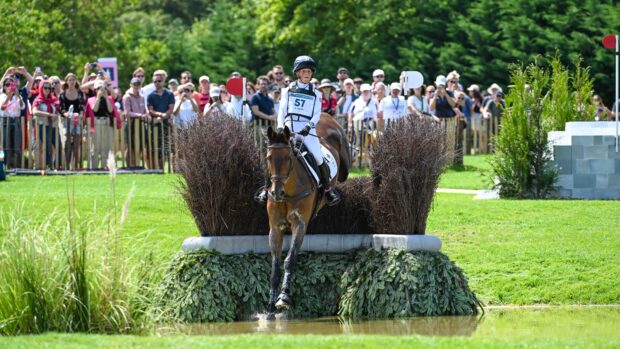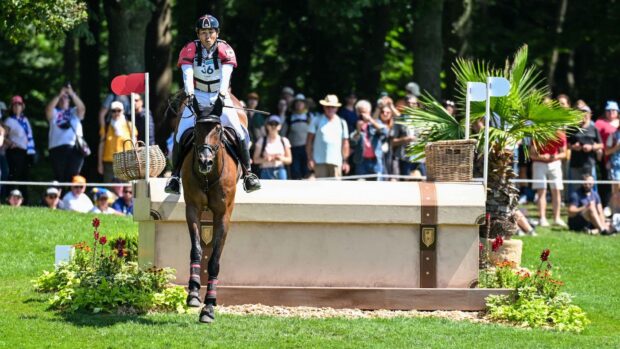Wild horses are using buildings within the Chernobyl Exclusion Zone (CEZ) for shelter, researchers have discovered.
A research team at the University of Georgia captured footage of the rare Przewalski’s horses in buildings that were deserted following the 1986 nuclear power plant accident.
Peter Schlichting used motion-activated cameras in the Polesie State Radiation Ecologial Reserve, which is on the Belarusian side of the exclusion zone.
He captured more than 11,000 images of Przewalski’s horses using abandoned structures as shelters, particularly barns.

Credit: University of Georgia
Cameras were set up to record continuously for a period of time over the winter and again over the summer. The horses were recorded 35 times at nine of 10 monitored structures during winter, and 149 times at all eight monitored structures over the summer.
The footage showed they were often in the buildings for more than five consecutive hours.
The images indicate the horses use the structures for shelter, sleeping and breeding, as well as refuge from insects during the summer.
James Beasley, senior author of the study, said: “Our results indicate Przewalski’s horses routinely use abandoned structures in the CEZ.
“As a result, these structures can serve as important focal points for research and management to obtain key demographic information such as age, sex ratio, population size and genetic structure.”
A total of 36 Przewalski’s horses were brought to the exclusion zone, which borders Belarus and Ukraine, 15 years ago.
Their population had almost doubled by 2008, but Mr Schlichting said the numbers are unlikely to be high enough to be sustainable.
“When the size of a population is reduced, it has lost a lot of natural variation,” he said.
The team also found other mammals using the abandoned structures during summer, including wolves, moose, Eurasian lynx, wild boar, red deer, racoons, brown hairs plus birds and bats.
Mr Schlichting suggested future studies could gather more information on the Przewalski’s horses, such as the number of herds and herd sizes.
“Video footage could be a useful tool to track individuals during visits and be used in conjunction with cameras to fill in those gaps,” he said.
The study was published in the journal Mammal Research.
For all the latest news analysis, competition reports, interviews, features and much more, don’t miss Horse & Hound magazine, on sale every Thursday





